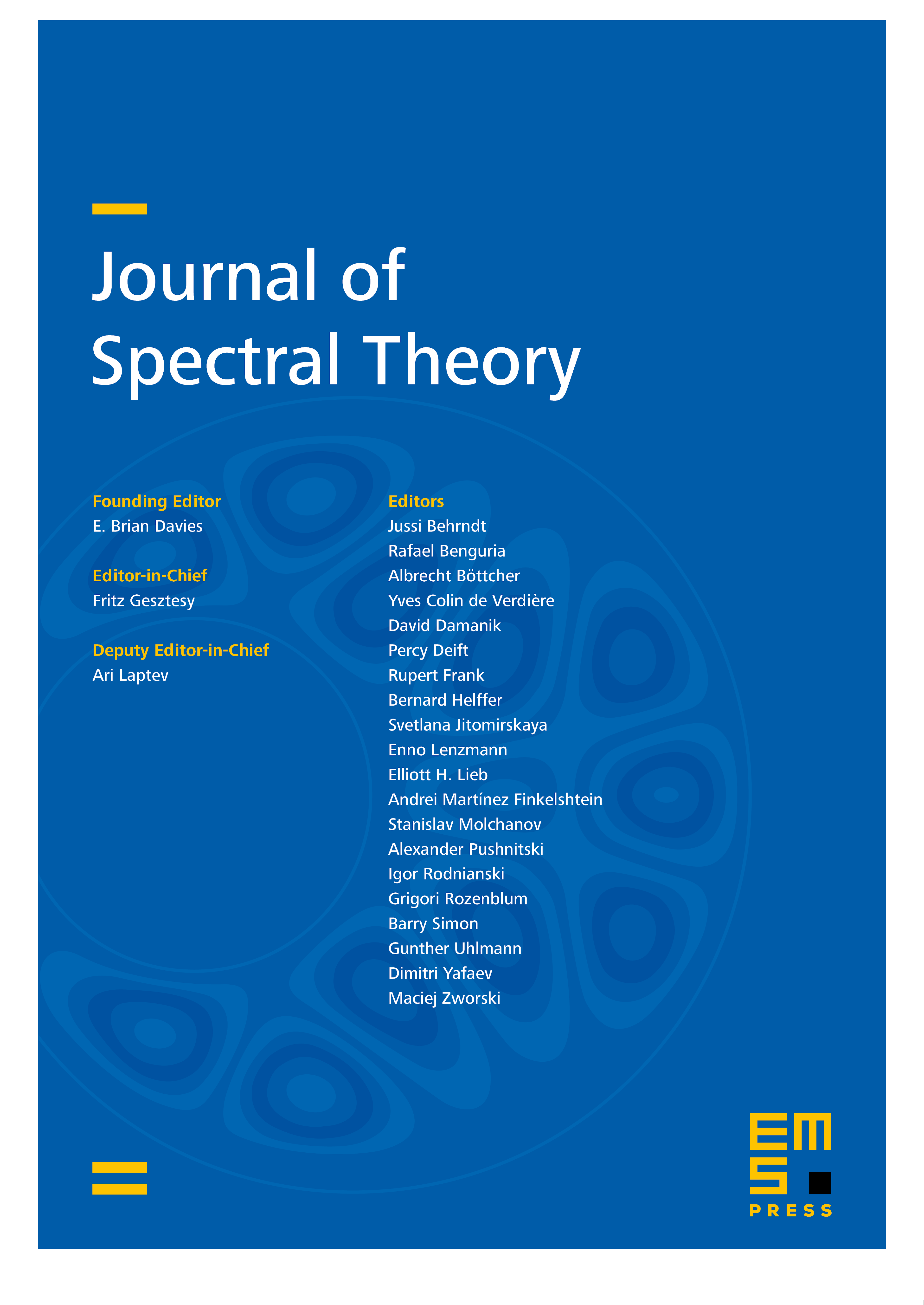Reducible Fermi surfaces for non-symmetric bilayer quantum-graph operators
Stephen P. Shipman
Louisiana State University, Baton Rouge, USA

Abstract
This work constructs a class of non-symmetric periodic Schrödinger operators on metric graphs (quantum graphs) whose Fermi, or Floquet, surface is reducible. The Floquet surface at an energy level is an algebraic set that describes all complex wave vectors admissible by the periodic operator at the given energy. The graphs in this study are obtained by coupling two identical copies of a periodic quantum graph by edges to form a bilayer graph. Reducibility of the Floquet surface for all energies ensues when the coupling edges have potentials belonging to the same asymmetry class. The notion of asymmetry class is defined in this article through the introduction of an entire spectral A-function associated with a potential – two potentials belong to the same asymmetry class if their A-functions are identical. Symmetric potentials correspond to . If the potentials of the connecting edges belong to different asymmetry classes, then typically the Floquet surface is not reducible. An exception occurs when two copies of certain bipartite graphs are coupled; the Floquet surface in this case is always reducible. This includes AA-stacked bilayer graphene.
Cite this article
Stephen P. Shipman, Reducible Fermi surfaces for non-symmetric bilayer quantum-graph operators. J. Spectr. Theory 10 (2020), no. 1, pp. 33–72
DOI 10.4171/JST/285